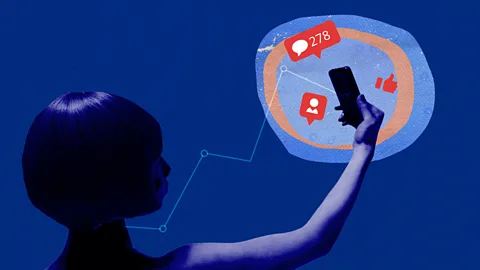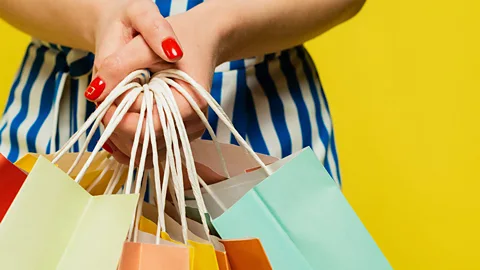'Maybe you'll realise what you have is good enough': Why influencers are facing a pushback
 Serenity Strull/ BBC
Serenity Strull/ BBCRejecting the "haul" culture of excessive shopping and promoting conscious consuming, the de-influencer movement is going mainstream – here's why.
In 2019, Diana Wiebe was deep in a social media scroll when she came across an influencer promoting heatless curling rods. "They were rods you could sleep in overnight, and the promise was to wake up with beautiful curls," she tells the BBC.
It was one of many products she was influenced to buy from TikTok, but like several of the others, including skin creams and facial scrubs, she quickly realised she didn't need them. "Honestly, the curlers really disrupted my sleep, and I didn't make it past night one," she says, adding "my hair is naturally wavy, so I think the curler actually did too much".
 Alamy
AlamyFast forward to 2025, and Wiebe, who lives in Ohio, is now an influencer herself, but there is a difference between her and many others. She is trying to "de-influence" her followers from buying things they don't need.
In her daily TikTok videos, the content creator – who has more than 200,000 followers on the app – asks questions like "did you want that product before it was marketed to you">window._taboola = window._taboola || []; _taboola.push({ mode: 'alternating-thumbnails-a', container: 'taboola-below-article', placement: 'Below Article', target_type: 'mix' });
